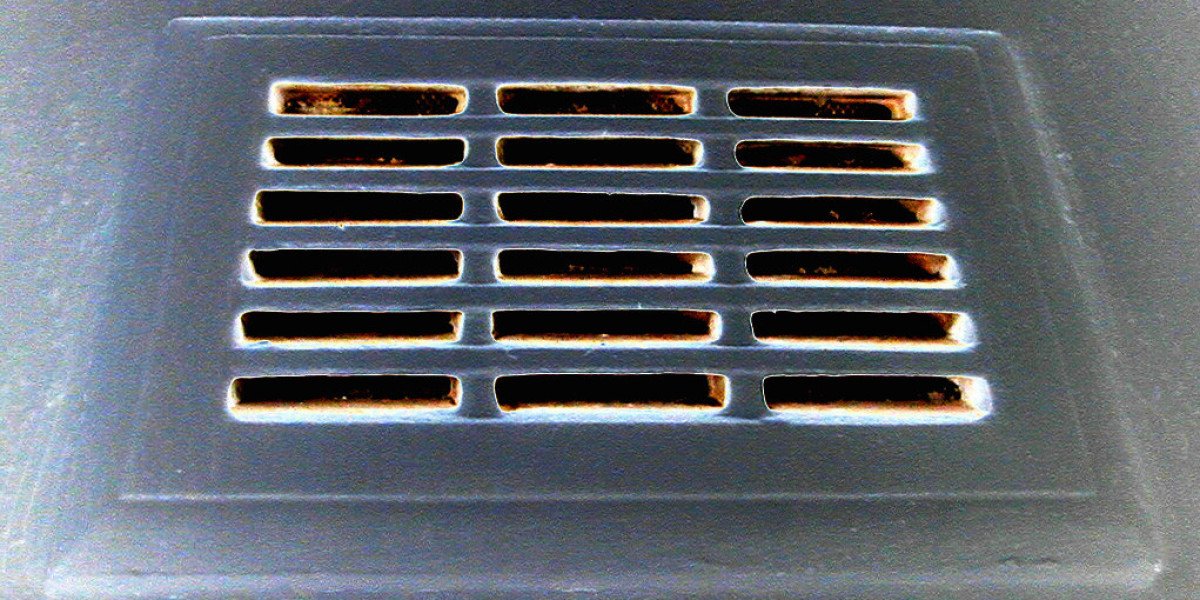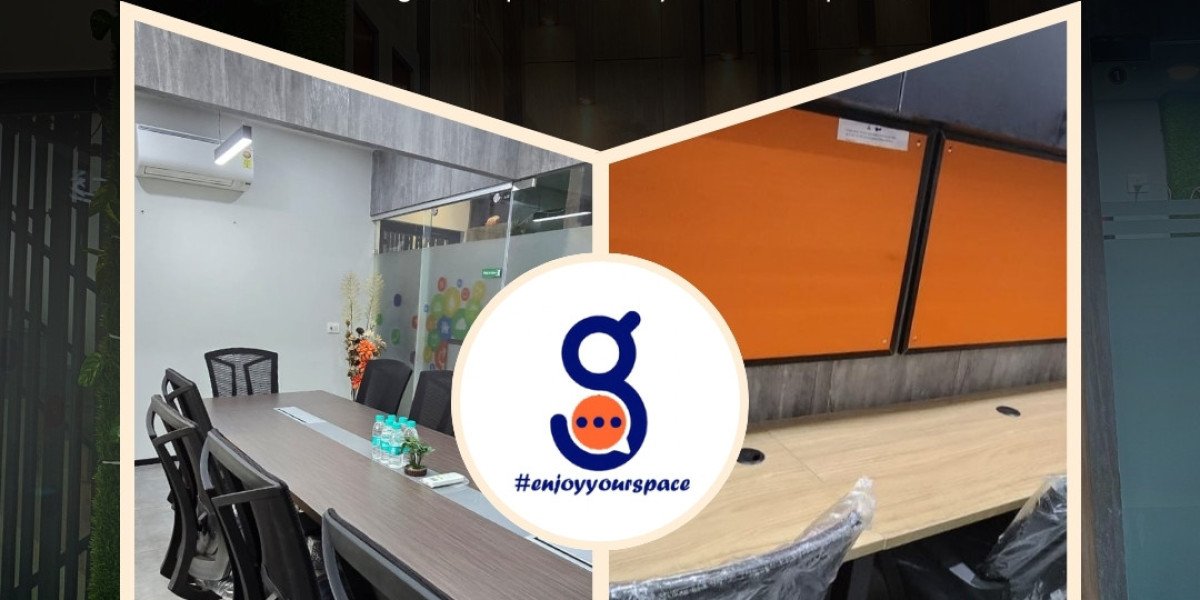KPV Peptide: Revolutionary Anti-Inflammatory Research
The KPV peptide is a tripeptide composed of lysine (K), proline (P), and valine (V). Its unique sequence confers the ability to bind selectively to the interleukin-1 receptor type I (IL-1RI) and Toll-like receptor 4 (TLR4), two pivotal nodes in inflammatory signaling cascades. By occupying these receptors, KPV prevents downstream activation of nuclear factor kappa-B (NF-κB) and mitogen-activated protein kinase (MAPK) pathways, thereby reducing the transcription of pro-inflammatory genes such as tumor necrosis factor alpha (TNF-α), interleukin-6 (IL-6), and molchanovonews.ru cyclooxygenase-2 (COX-2). This precise interference translates into a reduction in cytokine storm phenomena observed in severe infections and autoimmune disorders.
The peptide’s stability in physiological conditions has been attributed to its resistance against proteolytic enzymes, allowing it to maintain activity for extended periods. Moreover, KPV can penetrate cell membranes through endocytosis or via interaction with membrane-associated lipids, facilitating intracellular delivery where many inflammatory mediators originate. The result is a dual action: extracellular receptor blockade coupled with intracellular suppression of signaling intermediates.
Contents
- Introduction to KPV and its molecular architecture
- Mechanistic insights into receptor binding and signal inhibition
- Pharmacokinetics and bioavailability in pre-clinical models
- Therapeutic applications across inflammatory diseases
- Safety profile and potential side-effects
- Future directions for drug development and clinical trials
- In a 2024 murine model of acute lung injury, researchers administered KPV intravenously at doses ranging from 0.1 to 1 mg/kg. The peptide reduced neutrophil infiltration by 70% compared with controls and lowered pulmonary concentrations of IL-6 and TNF-α by more than half. Importantly, histological analysis revealed preserved alveolar architecture, suggesting that KPV mitigated damage without compromising lung function.
- A separate investigation focused on a rat model of rheumatoid arthritis demonstrated that oral administration of KPV at 5 mg/kg daily for four weeks led to significant decreases in joint swelling and cartilage degradation markers such as matrix metalloproteinase-9 (MMP-9). Synovial fluid analysis revealed reduced levels of IL-1β, supporting the peptide’s capacity to interfere with local inflammatory circuits.
- A human pilot study involving 20 patients with moderate ulcerative colitis explored the safety and tolerability of a single subcutaneous injection of KPV. Participants received a dose of 0.5 mg/kg and were monitored for 48 hours post-injection. No serious adverse events were reported, and stool samples showed decreased fecal calprotectin levels, indicating reduced mucosal inflammation.
- In vitro work with cultured macrophages exposed to lipopolysaccharide (LPS) revealed that KPV inhibited the phosphorylation of IκBα within 30 minutes, preventing NF-κB nuclear translocation. This rapid response underscores the peptide’s potential for acute intervention in sepsis and other hyperinflammatory states.
- A comparative study between KPV and standard corticosteroid therapy found that while steroids provided a broader suppression of immune activity, they also induced significant cortisol-related side effects such as weight gain and glucose intolerance. KPV, by contrast, achieved comparable anti-inflammatory efficacy without these systemic consequences, suggesting a more favorable therapeutic index.
- Researchers have also explored conjugation strategies to extend the peptide’s half-life, attaching polyethylene glycol (PEG) chains to create PEGylated KPV variants. These modified peptides exhibited prolonged plasma persistence and maintained anti-inflammatory activity in chronic disease models, opening avenues for less frequent dosing regimens.







